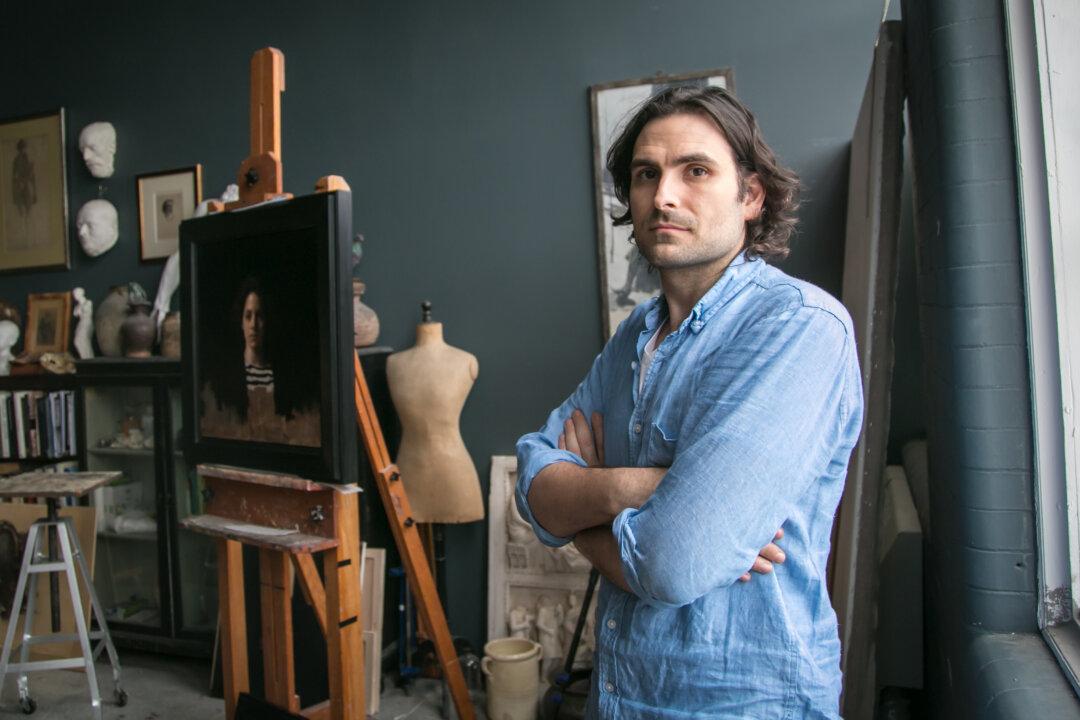NEW YORK—When you first see Jordan Sokol’s paintings in person, it feels like that split second before you recognize your reflection in a mirror. You stop talking and start looking. The longer you look, the further the paintings unfold. They gradually reveal a myriad of complex, integrated thoughts and emotions, yet the experience defies words. The only word that comes to mind is, simply, “arresting.”
One of the most respected, sought-after painters of representational art today, Sokol, born in Queens, New York, finally had his debut solo exhibition at the Arcadia Contemporary gallery in California, from Nov. 18 through Nov. 30, 2017.






